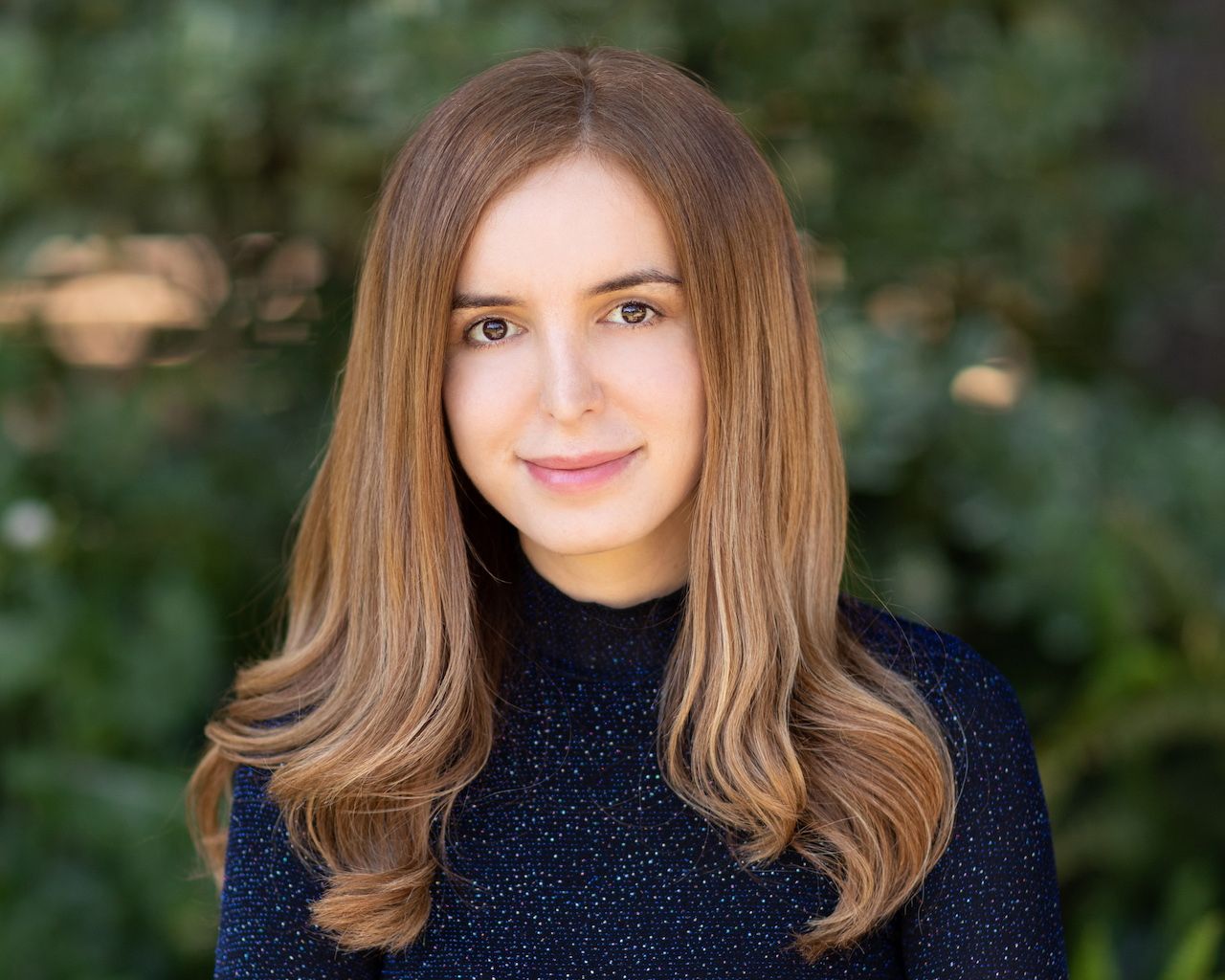Azalia Mirhoseini

Azalia Mirhoseini is an Assistant Professor of Computer Science and founder of Scaling Intelligence Lab at Stanford University. Her lab develops scalable and self-improving AI systems and methodologies towards the goal of advancing artificial general intelligence. She also spends time at Google DeepMind as a Senior Staff Scientist. Prior to Stanford, she spent several years in industry AI labs, including Google Brain and Anthropic. Her past work includes Mixture-of-Experts (MoE) neural architectures, now commonly used in leading generative AI models; AlphaChip, a pioneering work on deep reinforcement learning for layout optimization used in the design of advanced chips like Google AI accelerators (TPUs) and data center CPUs; and research on inference-time scaling laws. Her research has been recognized through the MIT Technology Review's 35 Under 35 Award, the Best ECE Thesis Award at Rice University, publications in flagship venues such as Nature, and coverage by various media outlets, including MIT Technology Review, IEEE Spectrum, The Verge, The Times, ZDNet, VentureBeat, and WIRED.
Research
Highlights:
Publications:
For a full list of recent papers, blog posts, and code pointers, visit my lab webpage. For a comprehensive list of publications, please visit my Google Scholar page.
Teaching
Recent Talks and Interviews
Awards and Honors
Contact
If you are interested in working with me at Stanford, please visit Scaling Intelligence Lab
for more information.